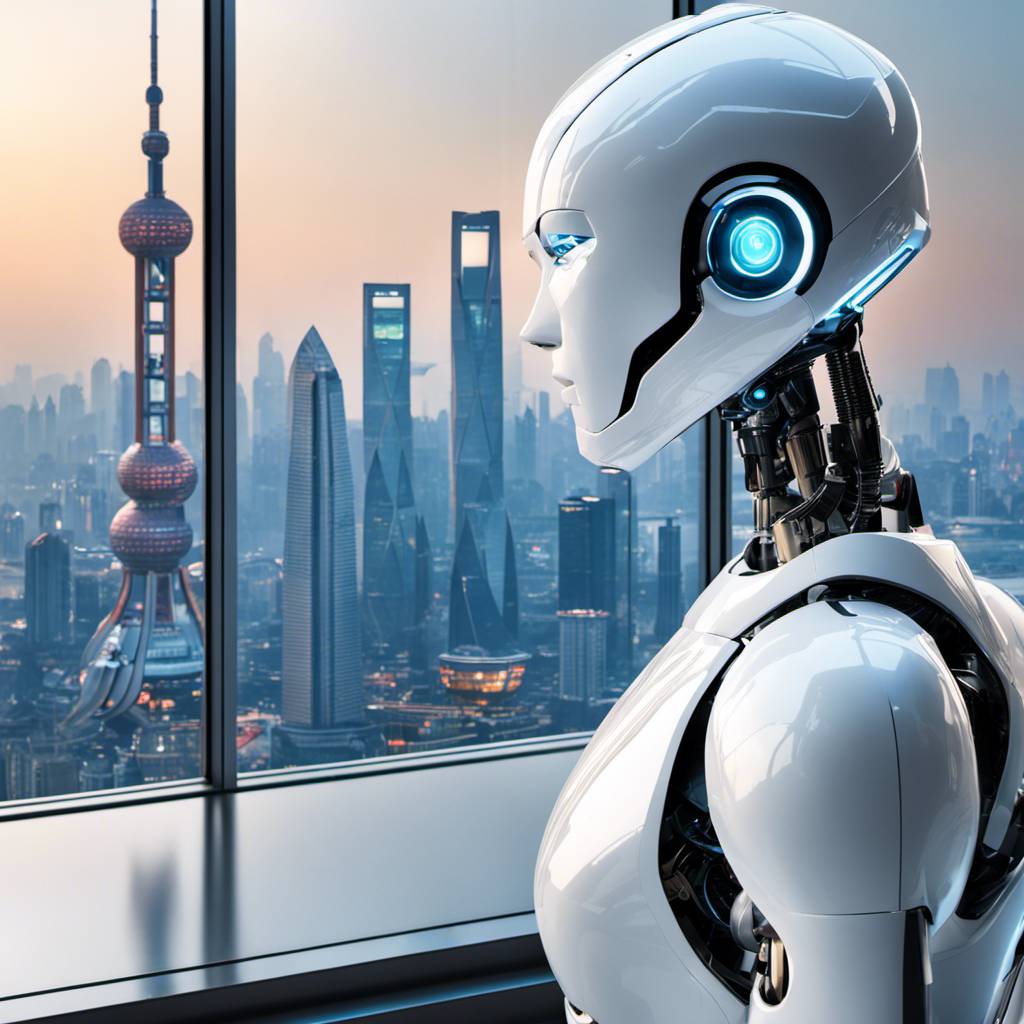In a bid to tackle the escalating demands for healthcare services amidst a dwindling workforce and a rapidly aging demographic, Fourier Intelligence, a Shanghai-based tech company, is making strides with a groundbreaking invention – a humanoid robot named GR-1. This high-tech wonder is set to revolutionize healthcare facilities by providing essential support to the elderly.
The issue of an aging population is not unique to China. The country’s National Health Commission predicts that by 2035, the population of individuals over the age of 60 will skyrocket from 280 million to over 400 million – surpassing the projected population of the entire United States. This demographic shift is not just about the sheer numbers; it’s about the proportion of seniors in the overall population. By 2040, nearly 30% of China’s population will be 60 or older.
This demographic trend is not limited to China. The United States is also grappling with a rapidly aging population due to the baby boomer generation. It is predicted that by 2060, the number of Americans aged 65 and older will nearly double from 52 million (16% of the population) in 2018 to 95 million (23% of the population).
To address this impending crisis, Fourier Intelligence has developed the GR-1. This humanoid robot, standing at 1.64 meters and weighing 55 kilograms, is designed to perform human-like tasks such as walking, avoiding obstacles, and carrying out routine physical duties like lifting objects. Its versatility extends to assisting in transferring patients from beds to wheelchairs, a crucial function in healthcare facilities.
Zen Koh, Fourier Intelligence’s CEO and Co-founder, envisions a future where the GR-1 becomes an indispensable caregiver, therapy assistant, and companion for the elderly. With its ability to be programmed to sit, stand, jump, and handle various utensils and tools, the GR-1’s adaptability is a testament to its potential in eldercare.
Fourier Intelligence’s extensive experience in manufacturing rehabilitation technology and exoskeletons provides a strong foundation for the development of the GR-1. By melding their knowledge of rehabilitation with humanoid robotics, Fourier Intelligence is set to create a comprehensive solution for various healthcare needs.
The GR-1 is also equipped with AI tools like ChatGPT to facilitate more human-like communication. Fourier Intelligence is exploring other applications for the GR-1, including disaster relief and response, senior care, and household services.
The GR-1 made its public debut at the World AI Conference in Shanghai, in July 2023. However, it wasn’t the only humanoid robot on display. Tesla also showcased its sleek humanoid robot prototype, Optimus, while DEEP Robotics introduced X20, a quadrupedal machine designed for hazardous tasks like toxic gas detection.
The development of the GR-1 is a significant step forward in the integration of electronics and computers into healthcare. With programming languages and coding playing a crucial role in its creation, the GR-1 represents the potential future of eldercare.
Despite its somewhat intimidating appearance in its early stages, the final version of the GR-1 is expected to have a more pleasing aesthetic with a shiny chrome-like casing. One interesting feature is a large red button on the back of the robot, which many speculate could be a safety kill switch.
As we continue to grapple with an aging population and labor shortages, innovations like the GR-1 provide a glimmer of hope for the future of eldercare. With Fourier Intelligence leading the charge in robotics, we can look forward to more exciting developments in this field.
